The rise of the ‘super cottage’: Underfloor heating, dining table for 12 and claw-foot baths in the bedroom
Creaking country piles with drafty corridors and leaky roofs are increasingly a thing of the past - today's homes in the country have a very different list of features, many of which you'd normally associate with top-end hotels. Arabella Youens speaks to a pair of experts who explain the phenomenon of the 'super cottage'.
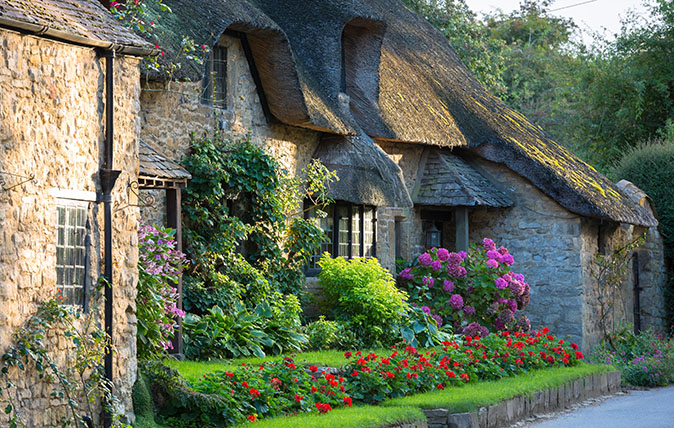

A decade ago, an invitation to a rural bolthole often meant you had to face the prospect of a temperamental boiler, a faint aroma of rising damp and creaking corridors.
However, thanks to the hiking of Stamp Duty, many homeowners who, a decade ago, would have bought a large country house are opting for something more modest and investing the money saved in tax on creature comforts normally associated with boutique hotels or swanky London apartments. Welcome to the world of the 'super cottage'.
In estate-agent speak, this is known as a ‘pyramid house’: larger on the bottom than it is on top. Room for entertaining is fundamental, but expectations are rather different as to what they might have been a generation ago.
‘Owners certainly want to entertain, but not the hot-and-cold running staff required to achieve it,’ says Lindsay Cuthill of Savills.
‘Ideally, guests can be accommodated in a garden annexe or come for dinner, lunch or brunch, but stay somewhere nearby.’
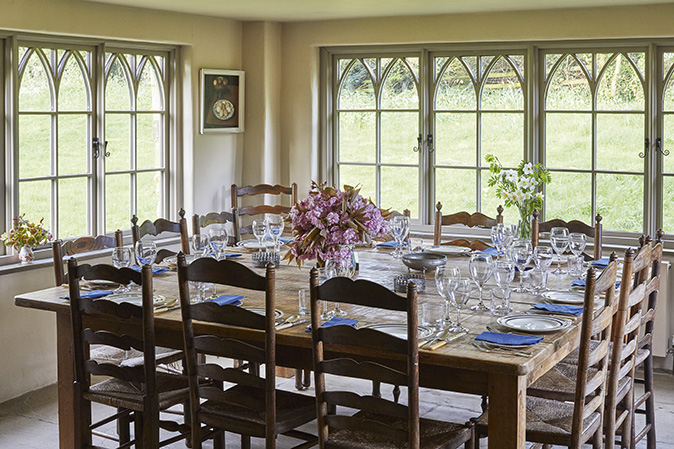
Cotswold-based interior designer Pippa Paton has worked on her fair share of these houses, bringing her well-honed eye for spatial planning to reorganising layouts that were never originally designed with the key concepts of ‘circulation space’ or ‘en-suite’ in mind.
‘Typically, cottages and smaller village houses are made up of a few rooms that lead off a modest entrance hall,’ says Pippa.
Sign up for the Country Life Newsletter
Exquisite houses, the beauty of Nature, and how to get the most from your life, straight to your inbox.
‘Rooms need to be opened up to achieve the open-plan kitchen and a dining room large enough to seat 10–12.’
‘I can’t remember the last time I did a house without underfloor heating’
Barn conversions work well for this type of client: ‘With vaulted ceilings and wonderful entertaining space downstairs and not much upstairs, they suit country-house owners looking for low-maintenance living.’
Freezing-cold journeys to the bathroom are definitely out for any self-respecting super cottage. The standard of finish for these projects is now akin to that found in hotels such as Soho House or The Pig, right down to the Aesop-branded soaps in the bathrooms.
‘I can’t remember the last time I did a house without underfloor heating,’ says Pippa.
‘In addition, we’re increasingly being asked to creatively carve out en-suite bathrooms for every bedroom and a dressing room, however small, in the master is becoming a must-have.’
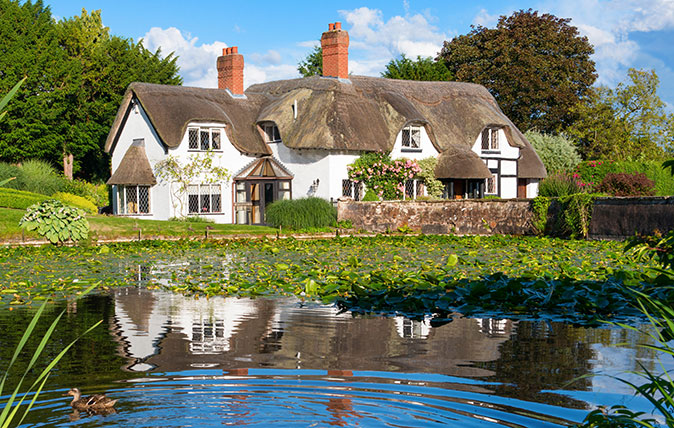
Little expense is spared in the quest for comfort. Four-poster beds (where ceiling heights allow), rain showers and claw-footed baths – the latter in the bedroom, where possible – are further influences of the hotel industry.
‘It makes sense. Where else but in the country do you have the time to have a long, hot soak in the bath?’ asks Pippa.
‘The wishlist is increasing rather than decreasing,’ adds interior designer Emma Sims-Hilditch, who converted a barn in Wiltshire in order to expand her family home. Where space allows, gym or yoga rooms are creeping up the list as are wine cellars and boiler taps in the kitchen.
For those who travel, it’s ever more important that heating and lighting are controlled remotely, says Pippa.
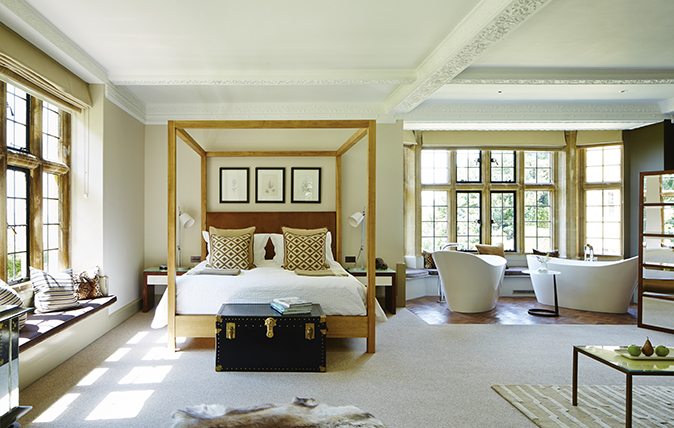
Gardens have also been given a make-over: a new style of ‘super cottage garden’ has kept Cirencester-based garden designer Sparrow Morgan-Grenville busy for the past 10 years or so. The blousy, high-maintenance cottage gardens of yore are giving way to simpler spaces and planting.
Pippa says that plenty of carefully planned outdoor entertaining space is key; three different alfresco areas are typically carved out of the garden, however small: one for family breakfasts, a bigger one for large-scale entertaining and a ‘cocktail corner’ to catch the final rays of sunshine in the evenings.
Outdoor kitchens are becoming more common, alongside barbecue pits, Kadai fire bowls and Big Green Eggs – the latter doubles as a barbecue and pizza oven.
In another move away from the classic English cottage garden, structure and sculpture feature strongly in the designs.
‘There’s a desire among these clients to spend money locally here in the Cotswolds,’ Pippa explains. ‘I turn to our blacksmith to commission pergolas and arches to introduce a bit of structure, as well as water sculptures by Giles Rayner or designs by the likes of Michael Cooper and David Harber.’
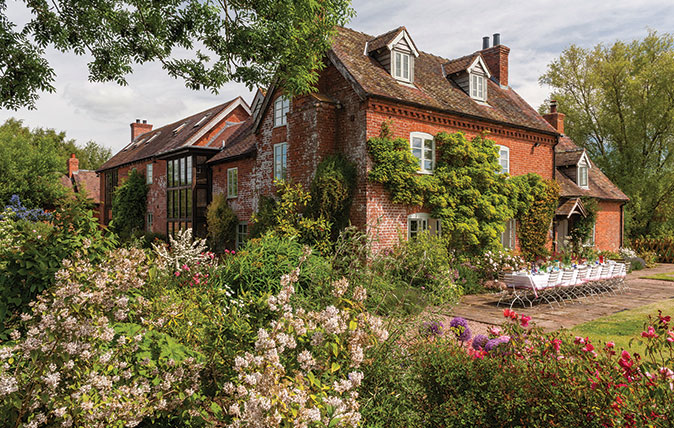
Despite this, the passion for classic English blooms isn’t over and cutting gardens – even just a few raised beds planted with dahlias, roses and peonies – are becoming ever more popular. ‘As are flower rooms,’ adds Emma, who’s designed two recently as small extensions to the original house.
‘There’s a discernible passion for growing British flowers and having freshly picked blooms brings an extra special air to the perfect country house.’

Credit: Alamy
Six things you need to know about buying a picture-perfect weekend cottage
We spoke to experts to find out what you need to know about buying a picture-perfect weekend cottage.
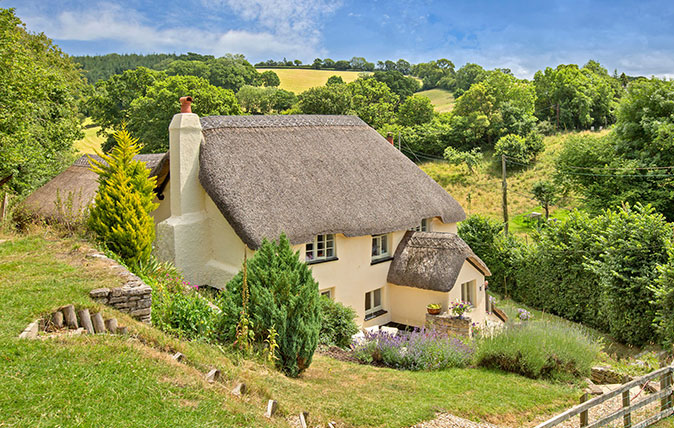
10 picture-perfect thatched cottages which are immaculate inside and out
Buying a thatched cottage needn't mean walking into a nightmare of work to do – these delightful places are all
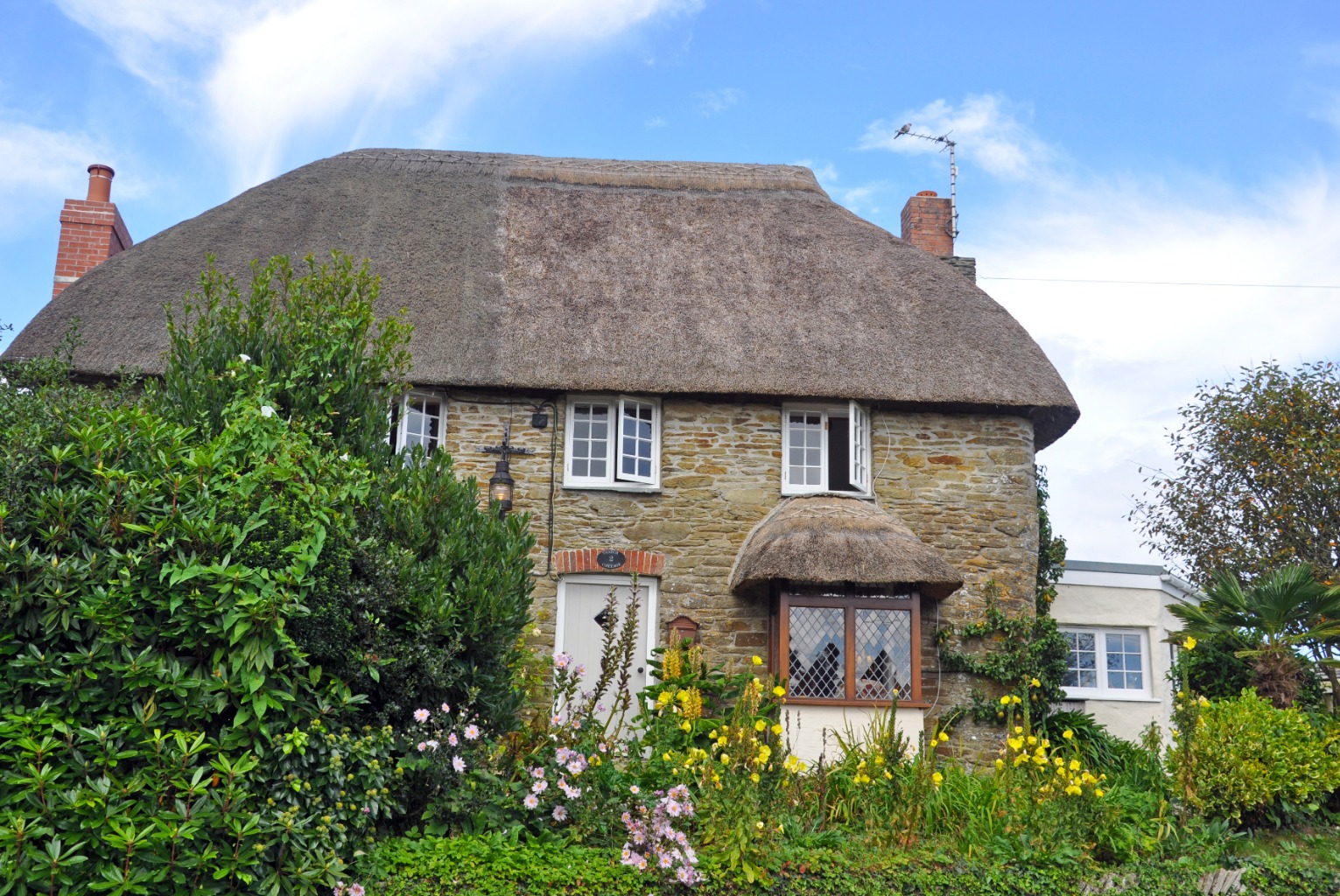
Credit: H Tiddy
12 stunning character properties for sale at under £400,000
Thatched homes in Cornwall and West Sussex are among the many highlights of these gorgeous character cottages for sale.
-
 Two quick and easy seasonal asparagus recipes to try this Easter Weekend
Two quick and easy seasonal asparagus recipes to try this Easter WeekendAsparagus has royal roots — it was once a favourite of Madame de Pompadour.
By Melanie Johnson Published
-
 Sip tea and laugh at your neighbours in this seaside Norfolk home with a watchtower
Sip tea and laugh at your neighbours in this seaside Norfolk home with a watchtowerOn Cliff Hill in Gorleston, one home is taller than all the others. It could be yours.
By James Fisher Published
-
 Sip tea and laugh at your neighbours in this seaside Norfolk home with a watchtower
Sip tea and laugh at your neighbours in this seaside Norfolk home with a watchtowerOn Cliff Hill in Gorleston, one home is taller than all the others. It could be yours.
By James Fisher Published
-
 A Grecian masterpiece that might be one of the nation's finest homes comes up for sale in Kent
A Grecian masterpiece that might be one of the nation's finest homes comes up for sale in KentGrade I-listed Holwood House sits in 40 acres of private parkland just 15 miles from central London. It is spectacular.
By Penny Churchill Published
-
 Some of the finest landscapes in the North of England with a 12-bedroom home attached
Some of the finest landscapes in the North of England with a 12-bedroom home attachedUpper House in Derbyshire shows why the Kinder landscape was worth fighting for.
By James Fisher Published
-
 Could Gruber's Antiques from Paddington 2 be your new Notting Hill home?
Could Gruber's Antiques from Paddington 2 be your new Notting Hill home?It was the home of Mr Gruber and his antiques in the film, but in the real world, Alice's Antiques could be yours.
By James Fisher Published
-
 What should 1.5 million new homes look like?
What should 1.5 million new homes look like?The King's recent visit to Nansledan with the Prime Minister gives us a clue as to Labour's plans, but what are the benefits of traditional architecture? And can they solve a housing crisis?
By Lucy Denton Published
-
 Welcome to the modern party barn, where disco balls are 'non-negotiable'
Welcome to the modern party barn, where disco balls are 'non-negotiable'A party barn is the ultimate good-time utopia, devoid of the toil of a home gym or the practicalities of a home office. Modern efforts are a world away from the draughty, hay-bales-and-a-hi-fi set-up of yesteryear.
By Madeleine Silver Published
-
 Five beautiful homes, from a barn conversion to an island treasure, as seen in Country Life
Five beautiful homes, from a barn conversion to an island treasure, as seen in Country LifeOur pick of the best homes to come to the market via Country Life in recent days include a wonderful thatched home in Devon and a charming red-brick house with gardens that run down to the water's edge.
By Toby Keel Published
-
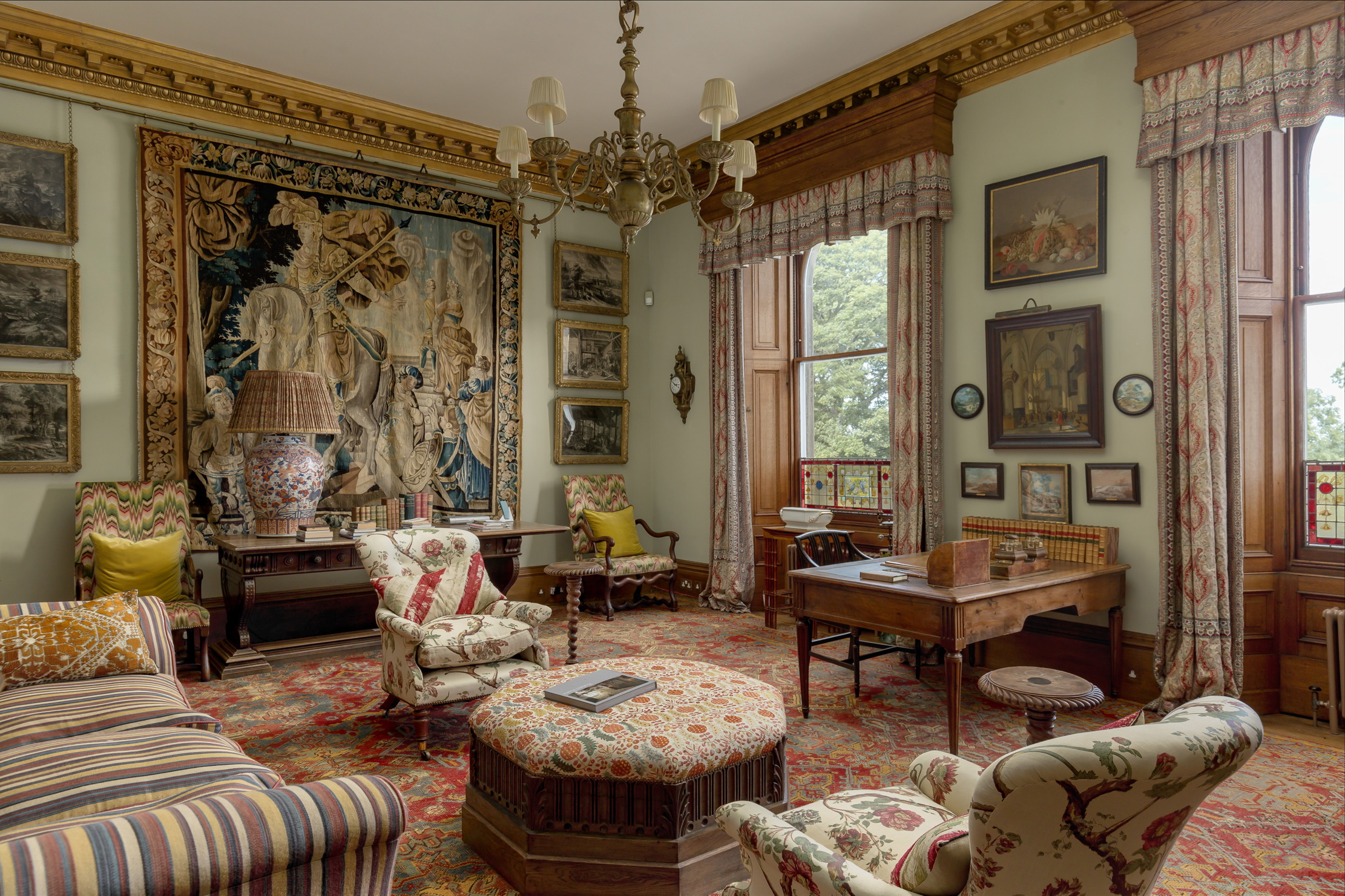 The finest interiors in Edinburgh? A seven-bedroom townhouse furnished by Robert Kime comes to market
The finest interiors in Edinburgh? A seven-bedroom townhouse furnished by Robert Kime comes to marketSituated on one of the New Town's grandest terraces, this four-storey property is a collector's dream.
By James Fisher Published
